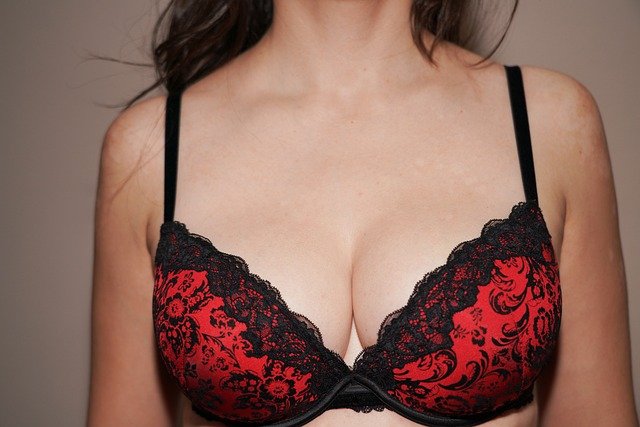Lace Bras: Style, Support, and Practical Care
Lace bras combine decorative fabric with functional design, offering both visual appeal and varying levels of support. From delicate trims to full-lace constructions, these bras appear across lingerie collections and everyday underwear. Understanding how lace interacts with structure, fit, and care helps people choose pieces that balance comfort, durability, and aesthetic preferences.

How is lace used in bras?
Lace in bras appears as overlays, panels, or full-cup construction. Designers use different lace weights and patterns—sheer, embroidered, or stretch lace—to create looks that range from delicate to structured. Lace overlays often sit on top of a lining that adds opacity and support, while stretch lace can form the cup itself for a softer fit. Because lace is a textile with many variations, the choice of lace affects breathability, feel against the skin, and how a bra performs under clothing.
What bra styles appear in lingerie collections?
Lingerie collections commonly include balconette, bralette, demi, full-cup, and plunge styles in lace. Bralettes often favor unlined lace for a relaxed fit and casual wear, while full-cup and balconette bras pair lace with underwires and linings for more support. Plunge styles use lace for visual appeal around a lower center gore. Lingerie sets sometimes match lace bras with coordinating underwear. The key is that lace can be adapted to aesthetic priorities (sheer, scalloped edges) and functional needs (lift, coverage) across multiple styles.
How to choose lace bras for different woman shapes?
Selecting a lace bra for different woman shapes starts with fit and support requirements. For fuller busts, look for lace bras with reinforced seams, wider bands, and structured cups—often a combination of lace with supportive lining or underwire. For smaller busts, stretch lace bralettes or demi cups can provide comfortable shaping without excess structure. Pay attention to band size, cup construction, and strap width; lace can be beautiful but may need additional design elements to meet an individual’s support and comfort needs. Trying on multiple sizes and shapes helps find the best balance.
How does lace affect underwear comfort and support?
Lace affects underwear comfort through its texture, stretch, and breathability. Fine, soft lace is more comfortable against the skin, while coarse or heavily embroidered lace can cause friction. Stretch lace adapts to movement and can feel more comfortable for extended wear, but it may offer less structural support than lined fabrics. Layering lace over a smooth lining can improve comfort and provide opacity without sacrificing the visual qualities people seek in underwear. Consider the lace placement—wing, cup, or waistband—when evaluating overall comfort.
What fabrics pair well with lace in lingerie?
Lace pairs well with cotton, microfiber, mesh, and satin to create lingerie that balances comfort and aesthetics. Cotton linings increase breathability and are a good choice for sensitive skin, while microfiber offers smoothness and discreet wear under clothing. Mesh adds lightness and ventilation, often used in bands and side panels to reduce bulk. Satin or silk elements enhance a luxurious look but require careful care. Combining lace with supportive fabrics in high-stress areas—underbust bands, straps, and seams—extends the garment’s lifespan and usability.
How to care for lace bras and lingerie?
Caring for lace bras preserves both appearance and fit. Hand washing with a mild detergent and cold water is the gentlest method; if using a machine, place bras in a protective lingerie bag and select a delicate cycle. Fasten hooks to prevent snagging and avoid high heat from dryers—air dry flat or on a padded hanger to keep shape. Store lace bras flat or in a way that prevents crushing molded cups. Regularly inspect seams and elastic for wear; replacing bras when stretch and support decline maintains comfort and fit.
Lace bras are a versatile part of lingerie and underwear wardrobes, offering a spectrum from decorative accents to fully supportive garments. Choosing the right combination of lace type, construction, and complementary fabrics, while following appropriate care routines, helps ensure pieces remain comfortable and functional over time.






